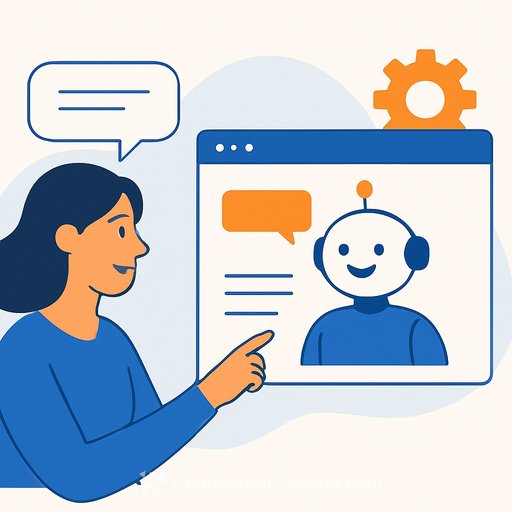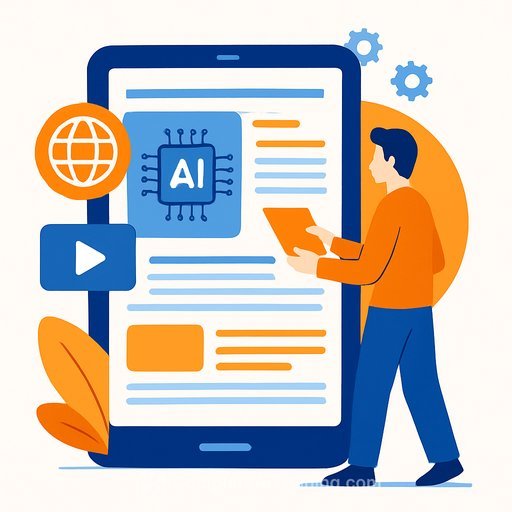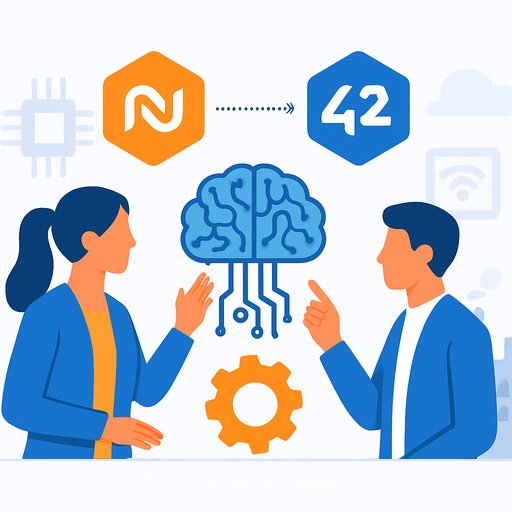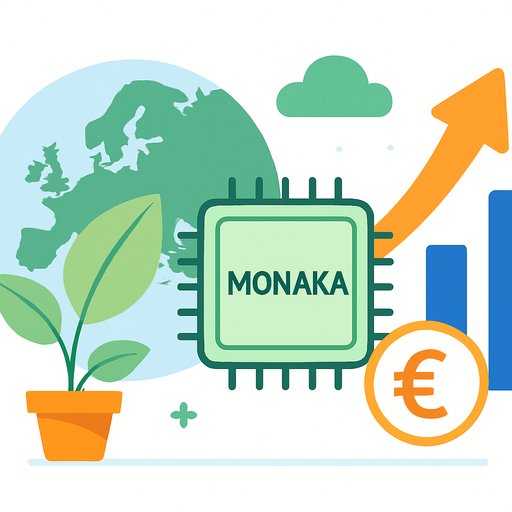Agentic AI in Adobe Express: Conversational Editing for Product Teams
Adobe introduced an AI Assistant in Adobe Express at MAX 2025. The pitch is simple: describe what you want, and the assistant applies the edit while still giving you classic controls like sliders and color pickers. That means less tool hunting, more iteration, and fewer handoffs for routine changes.
For product teams, this compresses the time from idea to visual. PMs, designers, and growth folks can ship variants faster, validate messaging sooner, and keep momentum without getting bogged down in tool fluency.
How conversational editing works
You type a request in plain language-"remove the background," "make the tone more tropical," "swap the headline font"-and the assistant makes the change. It can edit specific layers like fonts, images, and backgrounds while keeping other elements intact, so you don't blow up prior work.
Relevant controls surface automatically (think saturation or color tones), letting you tweak the result without digging through menus. Adobe says the assistant brings contextual and semantic awareness to design elements, turning templates into conversational canvases where you can change images, backgrounds, text, or objects without picking a tool first.
Why product development should care
- Shorter feedback loops: move from brief to testable creative in minutes, not days.
- Fewer bottlenecks: non-designers can handle safe edits while designers focus on higher-leverage work.
- Better experimentation: quickly generate on-brand variants for A/B tests across channels.
- Non-destructive iteration: layer-level edits preserve what works as you refine.
- Shared language: plain-English prompts reduce miscommunication between PMs, marketing, and design.
Where it fits in your stack
Use it upstream for early-stage concepts, internal mocks, and fast variants. Keep your design system as the source of truth, and treat the assistant as an accelerator-not a substitute-for brand stewardship.
Plan for handoff rules: what the assistant can change (copy, backgrounds, crops) vs. what still needs designer review (net-new visuals, brand-critical assets, complex compositions).
Practical use cases
- Growth: create five banner variations for a feature launch, each with a different CTA and background style.
- Lifecycle: produce localized versions of a promo with consistent layout but swapped imagery and text.
- Product marketing: refresh screenshots, remove busy backgrounds, and align tones across a campaign.
- Support and docs: standardize annotation colors and quick-crop visuals for release notes.
Prompts your team can try
- "Remove the background and add a soft gradient in our primary color."
- "Create three header variants: minimal, playful, and bold. Keep the logo and footer as-is."
- "Warm up the image, reduce saturation by 15%, and align the headline to the left."
- "Replace the product photo with a flat-lay mockup, keep the shadow style consistent."
Rollout checklist for product orgs
- Pick a pilot area (growth or lifecycle) with high asset volume and clear success metrics.
- Define guardrails: brand colors, fonts, tone, and edit permissions by role.
- Create a prompt cookbook for common tasks and edge cases.
- Track outcomes: time-to-first-asset, cycles per iteration, approval rate, and test lift.
- Establish a review path for brand-critical assets and final exports.
Questions to answer early
- Compliance: usage rights, content provenance, and audit trails for edits.
- Version control: how assistant-driven changes map to your asset library and naming standards.
- Quality gates: who approves final assets and what triggers manual review.
- Training: how new contributors learn prompt patterns that match your brand.
Bottom line
Conversational editing lowers the barrier to producing solid assets and speeds up iteration across campaigns. Use it to remove friction in everyday work, while keeping your design system and brand rules at the center.
If you're upskilling your team for AI-supported workflows, explore role-based learning paths here: AI courses by job.
Your membership also unlocks:






